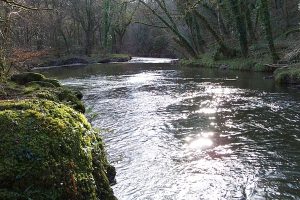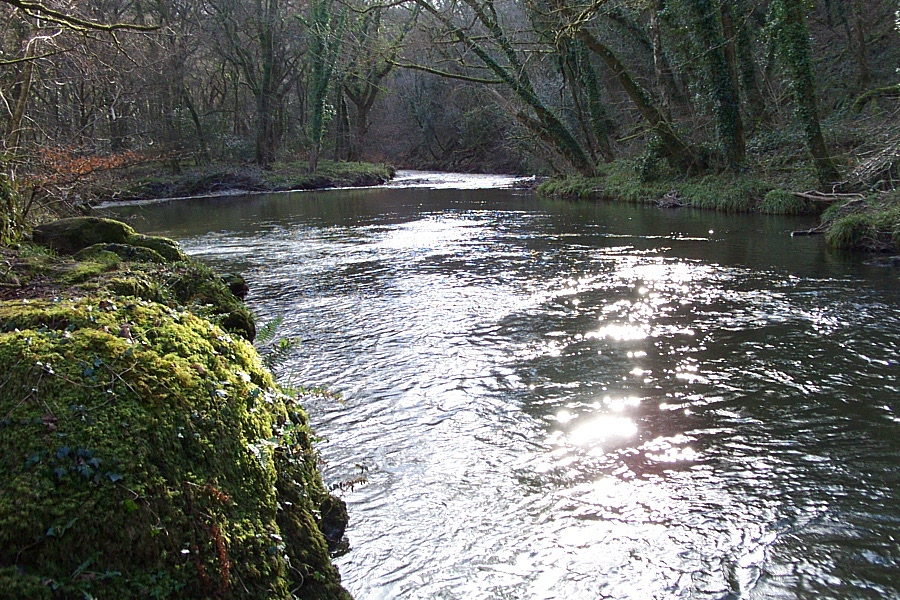We are supporting Cornwall Council’s call for landowners in the Camel catchment to help offset new housing development phosphate levels.
 The council’s phosphate trading scheme will address the levels of phosphates in the Camel Special Area of Conservation (SAC), which is currently holding up housing development.
The council’s phosphate trading scheme will address the levels of phosphates in the Camel Special Area of Conservation (SAC), which is currently holding up housing development.
Excessive Algae Growth
Zoe Smith, Natural Capital Advisor at WRT said: “High nutrient levels of phosphates (and nitrogen) cause excessive growth of algae in water courses, using up oxygen and blocking light that other river life needs to survive so it’s important we employ nature-based solutions to lessen phosphate and its impact on water quality and wildlife.
“With major sources of phosphates to freshwater ecosystems being sewage treatment works and agricultural run-off, this scheme is focussing on finding agricultural sites where phosphates can be reduced, offsetting those produced by new housing.
“Landowners will be paid phosphate credits by housing developers for actions on farms such as river buffer creation, low input grassland and haymaking, cover crops or converting arable to grassland.”
Long term plans
In the long term, South West Water will be updating its sewage treatment works to strip out more phosphates before they enter the river, but there will still be a need for some long term land use change, such as conversion of riverside land to wetland or woodland.
Zoe added: “These land use changes can potentially attract additional funding for biodiversity net gain and other ecosystem services alongside the water quality improvements.”
The River Camel
The River Camel, which covers 69km from the headwaters of the Camel and De Lank rivers to the confluence with the River Allen near Wadebridge, is designated as a SAC under the Habitat Regulations 2017.
The main reasons for its designation are the populations of Bullhead and Otter to be found there.
In 2021, Natural England informed Cornwall Council it considers the River Camel SAC to be at risk from phosphate issues, with mitigation measures at the time not robust enough to reduce nutrient levels.
It now requires nutrient neutrality be achieved to avoid further deterioration of the river in this catchment.
New developments in the area will only be approved if there is no increase in phosphate pollution, either by managing wastewater on site, or through mitigation measures to reduce phosphate application or run-off elsewhere in the catchment.
Zoe said: “We are researching the level of interest and capacity of land managers to undertake the different options in the short and long term to help develop a system of phosphate mitigation which will enable development to take place without further harming the river habitat.”
Expression of Interest
Landowners are invited to make an Expressions of Interest by Friday 14 April as part of the process to reduce the impact of phosphates on the River Camel’s biodiversity.
Visit wrt.org.uk/project/camel-sac/ or contact Zoe via [email protected] / 07376 302488 or Giles Rickard via [email protected] / 07725 237106 to check eligibility.

